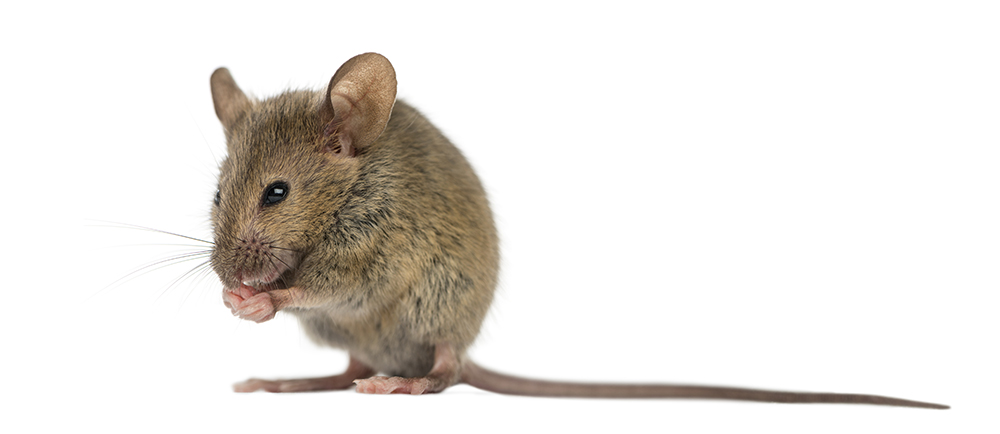If you have seen small dark pellets around your kitchen, basement, or garage, your first thought is probably mice. Identifying mouse droppings early helps you stop an infestation before it grows. Mouse poop tells you a lot about how many rodents you have, how long they have been around, and where they are spending their time.
This post explains what mouse droppings look like, where you are most likely to find them, and what they mean for your home’s health and safety.
What Do Mouse Droppings Look Like?
Mouse poop is very distinct once you know what to look for.
• Size: typically 1/8 to 1/4 inch long
• Shape: spindle-shaped or pointed on both ends
• Color: dark brown to black when fresh, lighter and grayish when old
• Texture: soft and shiny when fresh, dry and crumbly as it ages
Mouse droppings usually appear in groups, not just one or two. If you find a lot of pellets concentrated in one spot, mice are likely nesting or feeding nearby.
Mouse Poop vs. Other Rodent Droppings
You want to be sure you are dealing with mice and not something bigger. When in doubt, assume it is mouse droppings until a professional confirms otherwise. Mice reproduce quickly, and early action prevents a major headache. Key things to note:
• Mice: small, pointy, scattered pellets
• Rats: longer (1/2 inch or more), blunt ends
• Squirrels: slightly larger than mice, often found near attics and soffits
• Bats: similar size but crumble into powder because they contain insect parts
Where You Are Most Likely to Find Mouse Droppings
Mice stick close to food, warmth, and shelter. Common hotspots include:
• Kitchen cabinets and pantry shelves
• Under sinks
• Behind appliances like the stove and refrigerator
• Basement corners and storage areas
• Attics and insulation
• Garage shelving and around pet food
If droppings show up along walls or narrow paths, those are their runways. Professionals use this pattern to place traps and sealing points strategically.

Health and Safety Concerns
Mouse droppings are more than unpleasant. They can contain harmful bacteria and disease-causing pathogens like salmonella and Hantavirus. Even dried mouse poop can release dangerous particles into the air.
Important safety note: never sweep or vacuum droppings. The particles become airborne and can be inhaled. Instead, disinfect first, then clean using gloves and disposable materials.
What To Do If You Find Mouse Poop
The more droppings you find, the larger the infestation is likely to be. You have two priorities, remove the mice and clean up safely. What needs to happen next:
- Sanitize the affected area with disinfectant
- Seal food sources in airtight containers
- Block entry points where mice are getting inside
- Set traps near droppings and along walls
- Call a professional if droppings keep appearing
Finding mouse poop in your home is a sure sign that these pests are already inside. Identifying mouse droppings correctly helps you take action fast, protect your food and property, and keep your family safe from disease.
If the problem keeps showing up, do not wait. Mice can produce up to 60 droppings a day and multiply quickly. Call us at Safer Nature Pest Control to schedule an appointment so we can find exactly where they are entering, remove them fully, and make sure they do not return.
